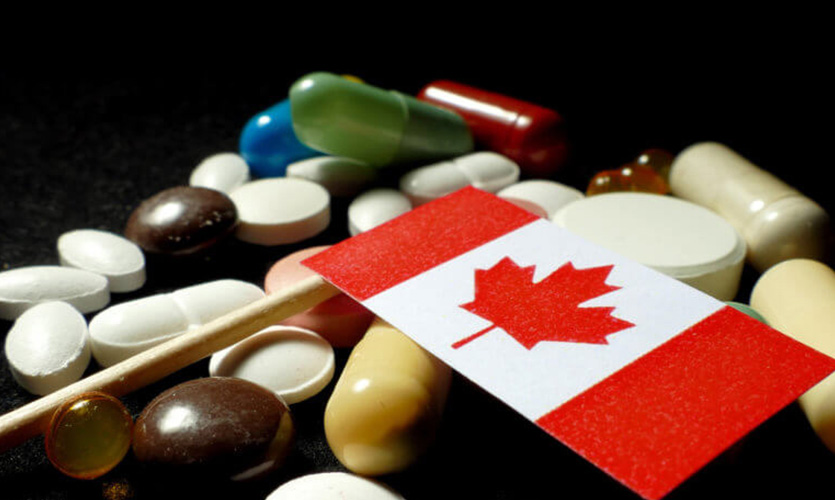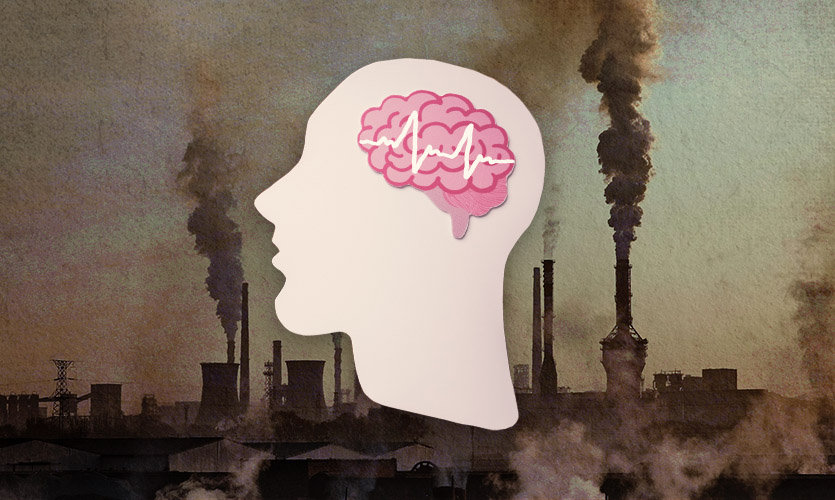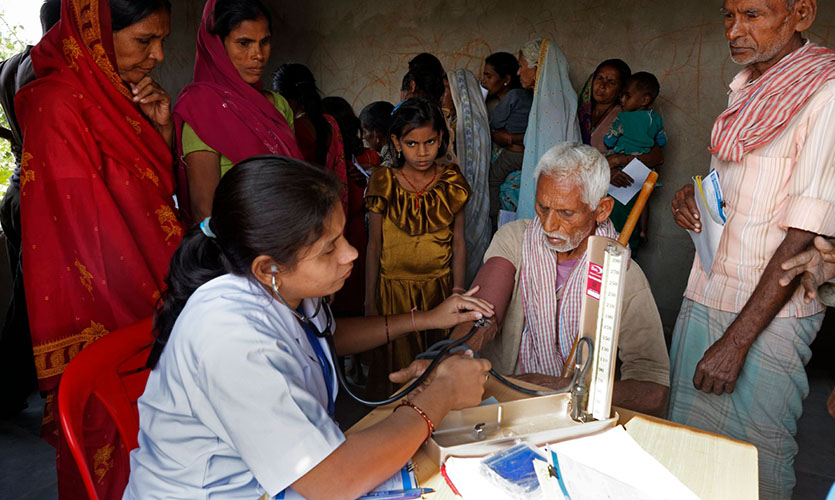The outbreak of the second wave of the COVID-19 pandemic in India, brought with it an endless stream of new medical complications, with new cases multiplying and deaths reaching unprecedented numbers each day.
A slew of related factors such as unsanitary conditions, and the abuse of steroids during COVID-19 recovery therapy, saw the development of Mucormycosis or the ‘black fungus’ in patients. The infection began claiming lives in India earlier this month, putting further strain on an already overburdened healthcare system.
While the country was still grappling with the unforeseen surge in black fungus cases, various areas of India started reporting cases of white fungal infections, followed by yellow fungal infections this week.
The first case of yellow fungus was reported in Uttar Pradesh’s Ghaziabad district on Monday. According to ENT expert Dr. BP Tyagi, the patient – in addition to yellow fungus – is sick with black and white fungus and is presently being treated in a municipal hospital.
Though all three are dangerous fungal diseases, they differ in terms of causes, prevention, and symptoms.
What Is Black Fungus?
Mucormycosis, also known as ‘black fungus’, is caused by a group of fungi called micromycetes, which are found all over our surroundings. While the causal agent is abundant, the sickness itself is uncommon and affects those who are immuno-compromised and have comorbidities such as diabetes. According to AIIMS Professor Dr. Nikhil Tandon, although the infection can spread via the atmosphere, it will not create any problems if the person is healthy.
Causes
To treat COVID-19, patients are frequently given steroid injections, which while decreasing inflammation in the respiratory tracts also lower an individual’s immunity to fight infections. Mucormycosis is becoming increasingly common in such people.
Those with pre-existing morbidities, such as diabetes with reduced kidney function, or cancer, or those with low counts of white blood cells from long-term steroid usage, are more likely to become infected.
Symptoms
Mucormycosis affects a patient’s sinuses and lungs, causing symptoms such as swelling on one side of the face, severe headache, nasal congestion, black lesions on the nose or upper side of the mouth, chest discomfort, breathlessness, and visual impairment. According to AIIMS, it can also cause trouble eating or opening the mouth, as well as the loosening of teeth.
What is White Fungus?
Some medical professionals say that white fungus, also known as Aspergillosis, is more harmful than black fungus since it may damage different sections of the body including the nailbed, skin, stomach, kidney, brain, and even the private parts.
Causes
A white fungus infection, like black fungus, is more common in patients with weakened immune systems and pre-existing medical conditions such as diabetes, cancer, and so on. It can also develop in individuals who have been on steroids for an extended period of time, or who have been in the intensive care unit for a prolonged period.
Symptoms
According to AIIMS professor Dr. Kaushal Verma, the white fungus infection starts in the tongue or private parts and causes the tongue to turn white.
The symptoms of this unusual illness, according to doctors, are identical to those of SARS-CoV-2. It also affects the lungs and can be discovered with a CT scan.
Cough, fever, diarrhea, black stains on the lungs, and a low oxygen level are the most common signs of white fungus.
What is Yellow Fungus?
The first case of yellow fungus, which is not a novel illness, was found in Ghaziabad on May 24. Yellow fungus infections, according to some experts, are more dangerous than black or white fungus infections as they can damage the internal organs.
Causes
Like other fungal diseases, yellow fungus infection is caused largely by unclean settings such as inadequate hygiene and a contaminated food/oxygen supply. Additionally, it can also be caused by the overuse of steroids and antibacterial drugs. Patients with comorbidities or those on immunosuppressive medications may be at a higher risk of developing the illness.
Symptoms
It starts internally, causing pus leakage, delayed wound healing, organ failure, and, in extreme cases, acute tubular necrosis.
Patients may suffer from tiredness in the beginning, and as the infection progresses within, it will damage organs and deplete vitality. Patients may even lose their appetites or acquire bad eating habits, resulting in unexpected weight loss along with impaired metabolic function.
Yellow fungus might also affect the patient’s eyesight in some situations. In that case, one should be on the lookout for redness and sunken eyes.
Read more about what happens when you mix two vaccine shots.
How Can The Infections Be Prevented?
According to Dr. Suresh Kumar, medical director at Delhi’s LNJP Hospital, people should be advised to monitor their blood sugar levels and utilize mortified oxygen during COVID-19 therapy to avoid black fungus. Early diagnosis of the virus can also prove essential for successful treatment. Doctors have also suggested regular exercises such as walking or lifting light weights to achieve a healthy weight, which can in turn help in improving blood sugar levels. Making healthy eating choices can also help in boosting immunity.
It should be noted that black fungus cannot transmit from person to person. Dr. Randeep Guleria, director of AIIMS, previously stated that it is not communicable, and that inadequate immunity is what leads to black fungus. “Approximately 90-95 percent of patients have diabetes and have been treated with steroids,” Guleria marked.
Fungal infections are often spread when a person inhales moulds prevalent in the environment. While yellow fungal infections can be spread by excessive humidity or the presence of stale and tainted food, poor hygiene and unsanitary circumstances are the primary causes of the infection and hence, should be corrected with immediate effect.










